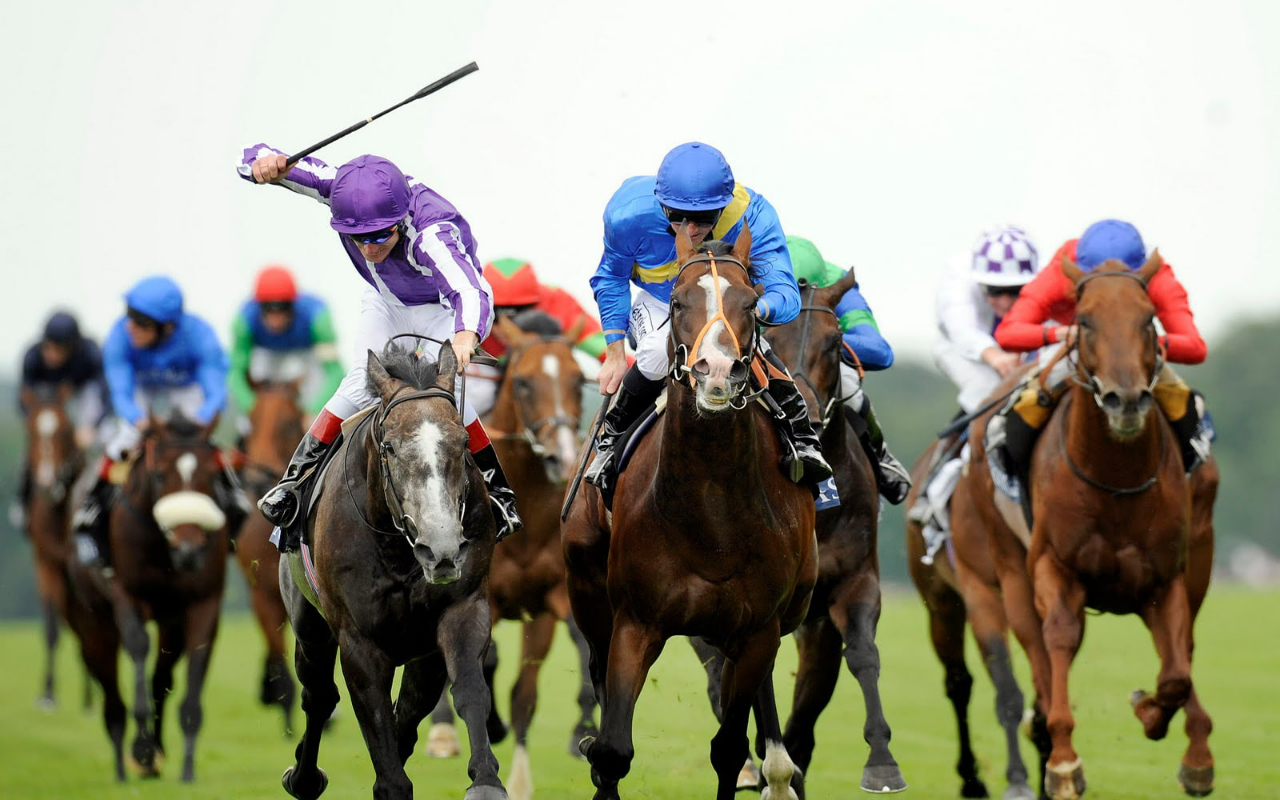Unlock the World of Horse Racing Betting: Strategies, Tips, and Resources. Explore Al Capone’s accountant’s revolutionary approach and diverse wagering options. From forecasting winners to following the money, discover how to enhance your betting game and find reliable information for successful wagers.
Accountant Al Capone pioneered a revolutionary approach to betting on horse races, crafting a strategy that, while initially promising, lacks sustainability in the grand scheme. Horse racing betting stands as a timeless pillar of gambling amusement, with its roots deeply embedded in the fabric of tradition. Among the pantheon of renowned strategies, one devised by the astute accountant Al Capone, known as Dutch Schultz, shines brightly. In the forthcoming discourse, we shall embark on an exploration of this illustrious system, endeavoring to unravel its intricacies and uncover pathways for enhancement.
Types of Horse Racing Bets
Before delving deeper, let us first acquaint ourselves with the diverse array of horse racing wagers proffered by bookmakers. Use the 1xBet Login and place your Bets today!
- Winner: Your bet wins if you pick a horse that finishes first.
- Place: Your selected participant must finish in the top three to win. The odds are lower than in the first option.
- Forecast: Predict two or three horses that will finish in the top positions. There are straight and combined forecasts. In the straight forecast, you need to specify the finishing order of the leaders, while in the combined forecast, only their names are required.
- Matchup: Bookmakers offer pairs, and you choose which horse will perform better.
- SP (Starting Price): A bet on the winner. The current odds are not visible, and the starting odds at the beginning of the race are considered.
Dutch Schultz’s System
This horse racing betting strategy is named after the legendary accountant Al Capone, Dutch Schultz. Another name for it is “equal profit.” By betting on multiple favorites, you will profit if one of the selected horses wins. The number of bets depends on the smallest coefficient. If it is over 4.00, then bet on four contenders, and so on. However, bookmakers take such probability into account when setting odds. Therefore, the system is not profitable in the long run. We recommend improving it.
You can increase profits by discarding the top favorite if its coefficient is above 3.00. Let’s give an example of using such a strategy. On April 12, 2024 the seventh race took place at the Byron Bay Plate arena in Ascot, Brisbane, Australia. The favorite Point Taken had odds of 3.50. According to the “equal profit” strategy, you can bet on three favorites. But we discard Point Taken, and the following participants have the following odds:
- Next Stop The Moon at 5.55.
- Unipro at 6.00.
- Ngawi at 8.00.
- Stella Anne at 11.00.
- Rock’n’ruler at 11.00.
Calculate the probability sum using the formula:
P = 1 / K1 + 1 / K2 + … + 1 / Kn, where K1, K2, …, Kn are the coefficients for winning.
“Follow the Money” Horse Racing Betting Strategy
A strategy popular in horse racing pools is called “follow the money.” It’s a type of bet on the outsider. In race cards, track how bookmaker odds change. If the odds for one of the longshot horses noticeably decrease, then a lot of money has been placed on it.
In such a case, it makes sense to bet on the initial outsider to finish in the top three. In the Brisbane race we described, the horse Stella Anne could be an example.
Five hours before the start of the competition, the odds for
her victory were 19.00, and an hour before the race, they were only 11.00. As a result, she finished third. Such a bet could have been placed with odds of 3.00.
How to Place Bets on Horse Racing Using Strategies
When using one of the strategies, pay attention to the following criteria:
- Horse age and distance. Young horses up to five years old perform better in short races: 1400-1600 meters. Older horses often become favorites in long distances over 2400 meters.
- Horse parameters. Analyze current results, break since the last tournament, weight, manageability, age.
- Weight, experience, career success, jockey’s recent results.
- Stable and trainer. Consider the organization’s authority and the reputation of the trainer presenting the horse.
- Weather conditions. Air temperature and humidity, pressure, wind strength and direction, cloudiness.
Where to Find Information for Horse Racing Bets
Locating reliable sources for horse racing insights can pose a formidable challenge, especially when confronted with races boosting ten or more contenders. Raising your odds of crafting lucrative horse racing wagers necessitates tapping into specialized bookmaker’s originating from regions hosting these tournaments. In the United Kingdom, turn to the esteemed Racing Post for comprehensive coverage, while their counterparts in Australia rely on the authoritative Racing Australia. Across the pond in the United States, aficionados flock to Horse Racing Nation for unchangeable analysis and prognostications.
Today, they are available online. Such publications often provide tips and analytical forecasts from well-known experts. By using them, you increase your chances of being in profit.







Leave a Reply